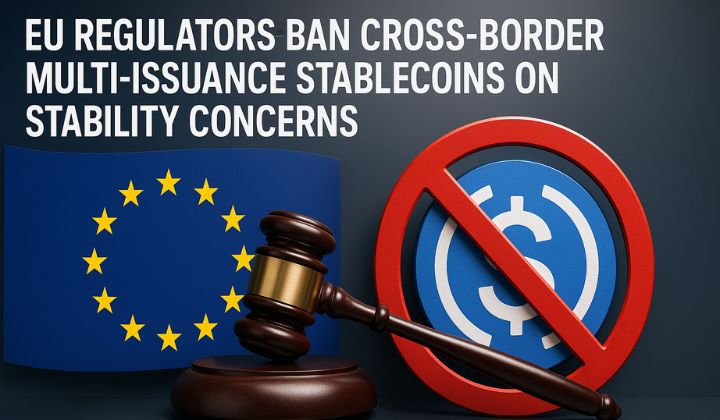The European Systemic Risk Board (ESRB), which is supported by the European Central Bank (ECB), has suggested prohibiting “multi-issuance” stablecoins cryptocurrencies issued collectively within the EU and other regions.

The action, which is intended to avoid possible crashes and financial insecurity, mirrors the increasing worries of European regulators that stablecoins backed by overseas entities like Circle and Paxos pose a threat to the monetary sovereignty and liquidity protections of the bloc.
While the ESRB’s recommendations are not binding under law, they exert considerable pressure on EU authorities to implement the restrictions or explain complementary safeguards. The ECB, headed by Christine Lagarde, has consistently alerted that letting cross-border issuers bank largely in dollar-denominated assets risks exposing Europe’s financial system to operational and liquidity threats.
The proposal increases tensions between EU institutions, with the Commission up to now shying away from taking a position regarding multi-issuance despite previous receptivity to the model.
Regulators in Finland and France that oversee Paxos and Circle respectively have also refused to speak on the matter. In the meantime, opposition voices caution that disparate positions among the ECB, the European Commission, and the European Parliament may undermine MiCA, the EU’s flagship cryptocurrency regulation as an international reference point.
The controversy coincides with the ECB’s continued pursuit of promoting a digital euro, underscoring the conflict between preserving financial stability within the bloc and enabling private, dollar-backed stablecoins to flow under Europe’s regulatory regime.













